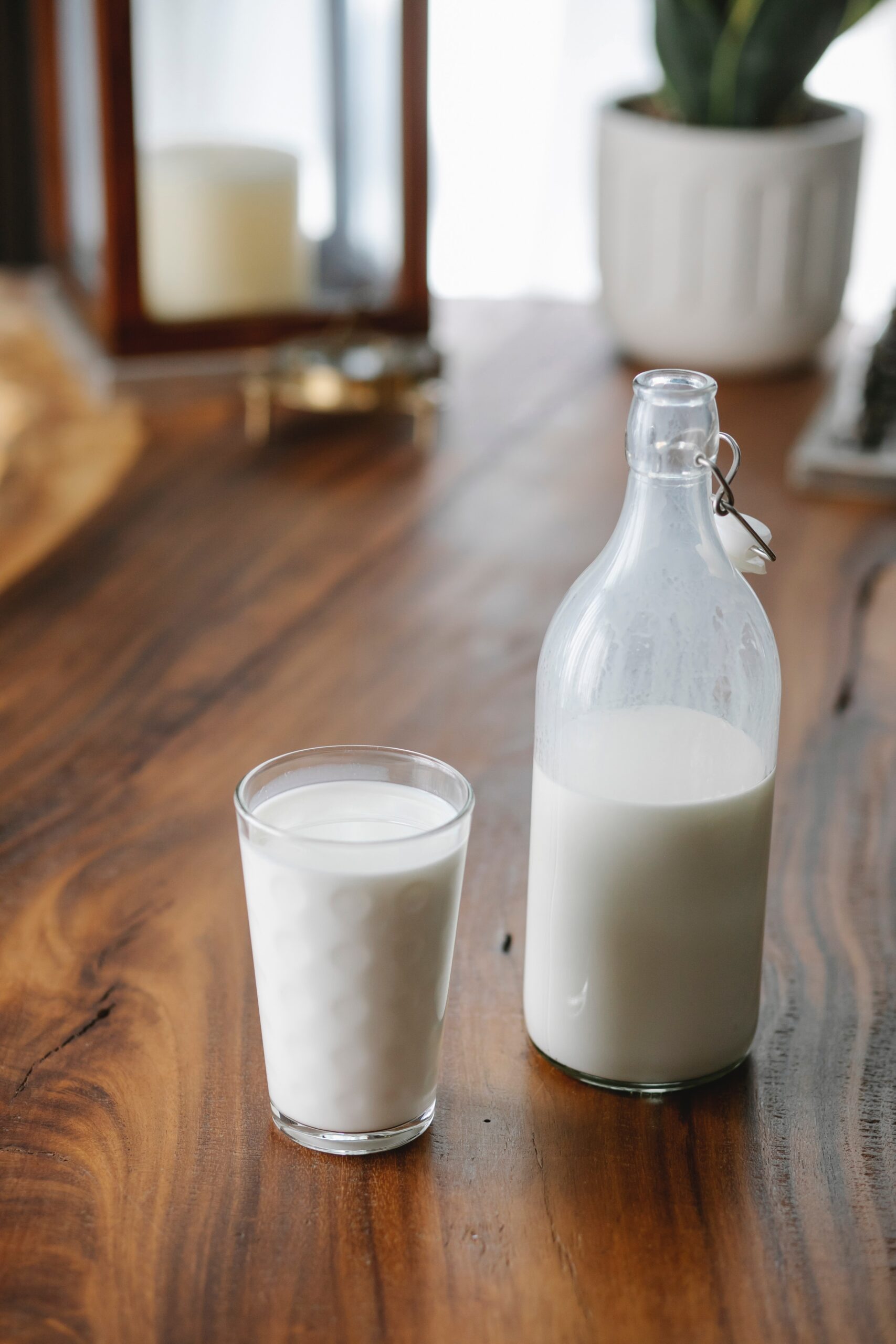
Some households in Nigeria do not have a refrigerator so they preserve their opened evaporated milk by dipping it into a bowl of water. While their intention to stop the milk from spoiling is good, is this method of preservation safe?
You will find out in this blog post.
Dipping a container of milk in a bowl of water can help keep it fresh for a longer period. This idea is based on the assumption that the cool temperature of the water will slow down the milk’s spoilage process, allowing it to stay usable for a more extended period. However, it is a myth and is not scientifically proven.
Dipping milk in water does not provide any significant benefits in terms of preservation. In fact, it can have adverse effects on the milk’s quality and safety.
Water is a breeding ground for bacteria, and any contamination from the water can easily transfer to the milk, increasing the risk of foodborne illnesses.
To properly preserve milk and ensure its safety:
1. Refrigerate.
2. Avoid Cross-Contamination.
Ensure clean hands, utensils, and surfaces when handling milk. Prevent cross-contamination by keeping milk away from raw meat, fish, and other potentially contaminated foods.
3. Store in sealed Containers.
Milk should be stored in airtight containers to prevent exposure to air and contaminants. Use the original packaging or transfer the milk to clean, food-grade containers with tightly sealed lids.
4. Avoid Temperature Fluctuations.
Maintain a consistent temperature in the refrigerator and avoid frequent temperature changes. Opening and closing the refrigerator door excessively can cause temperature fluctuations, affecting the milk’s freshness.
Finally, when it comes to food safety, it is crucial to rely on scientifically supported methods and recommendations and that’s what World Food Safety Day is about.
By understanding the facts behind milk preservation, you can make informed decisions and prioritize the well-being of yourselves and your families.